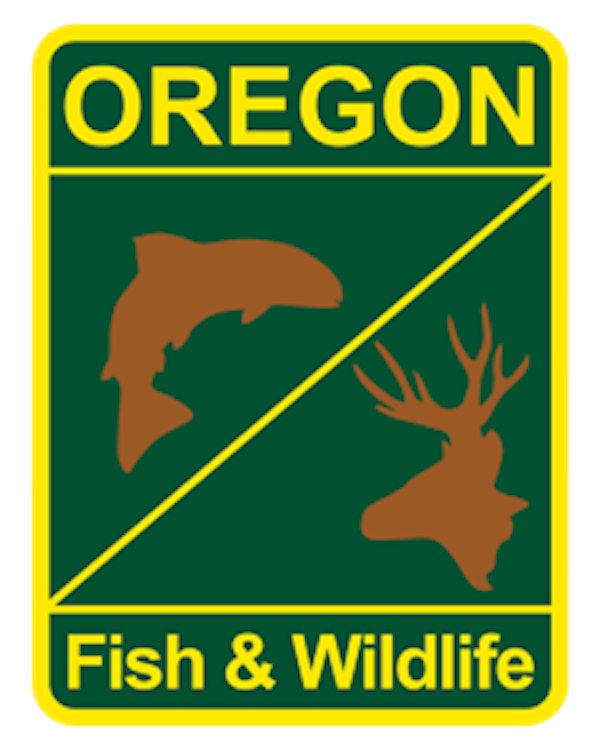Idaho Fish Report
Klamath River Report
by OR Department of Fish & Wildlife Staff
11-1-2023
Website
Keno Dam to J.C Boyle Reservoir
This section of the river reopened Oct. 1. Opening day was very slow. Most fish caught were in the 12-inch range. Unprecedented drought decreased redband survival in their spawning tributary Spencer Creek. Fishing remains slow; however, November is typically one of the best months to fish the river.
Redband-rainbow trout are primarily feeding on minnow and sculpins this time of year. Mimicking minnows with flies and lures will produce the best results. There is also very abundant crayfish, mayflies, caddisflies and leeches. No bait allowed!
Access is very challenging. The road into the dam is very bad. A high clearance vehicle is recommended. There are other points of access that require a long hike to the river.
The river is difficult wading. Anglers who wade should have studded wading boots, wading belt, wading staff, polarized glasses and maybe a helmet and shin guards. The bottom is very slick and bedrock ledges can drop off quickly. Visibility is also poor.
Water temperature has dropped to 48 degrees, turbidity has dropped to 11 FNU and flows are excellent at 724 cfs.
Please remember no bait and only one redband trout greater than 15 inches. Once you retain your limit of redband trout you must cease fishing for redband trout.
J.C. Boyle Dam to J.C Boyle Powerhouse
Flows typically remain low at about 130 cfs year-round at JC Boyle Dam. Fishing should be good in this section. Open all year. Flows are typically low and stable and typically range from 100 cfs at the dam and increase due to springs to around 350 cfs at the Powerhouse.
Catch rates should be excellent for this time of year. Fishing is best below the spring inputs. The gate is now closed that accesses the river along the power canal. Access is available by foot traffic only.
The springs start to discharge into the river approximately half a mile below J.C. Boyle Dam. This section of river requires a hike down steep grade to the river except for the area just above the powerhouse.
Use small flies or lures as redband trout are mostly small (8-10 inches) in this section.
There is good access at the powerhouse. Park and walk upstream. This area is fished hard, but you can hike to get away from the pressure. Hiking or wading upstream is difficult.
Small nymphs such as pheasant tails and prince nymphs work well in this section. Small black Panther Martins or Rooster Tails work well when cast upstream into the deeper pools.
J.C. Boyle Powerhouse to State Line with California
Flows will be fishable until around 11 a.m. this week and fishing during this time should be good. Make sure you have good tires and 4X4. Best fishing is when flows are less than 900 cfs. You can check flow estimates at PacifiCorp Weekly Flow Estimates.
Large attractor flies such and wooly buggers, bead head prince nymphs, and rubber leg stoneflies under a strike indicator work best this time of year. Olive and black wooly buggers almost always work well. Black spinners and Panther Martins can also work.
Caddisfly hatches are the primary food item right now especially the large, orange October caddisflies. Twitching or skating caddisflies can work well. Small Crayfish patterns also work ok.
Below the JC Boyle Powerhouse the redband/rainbow trout get slightly larger than the aforementioned reach and average 12 inches but rarely exceed 16 inches. Currently, most redband caught are in the 10- to 14-inch range.


